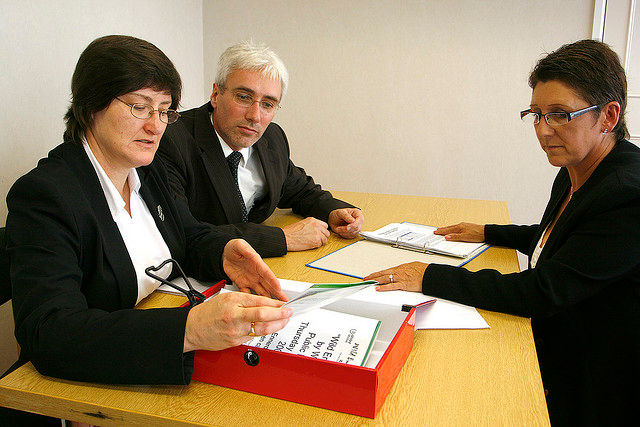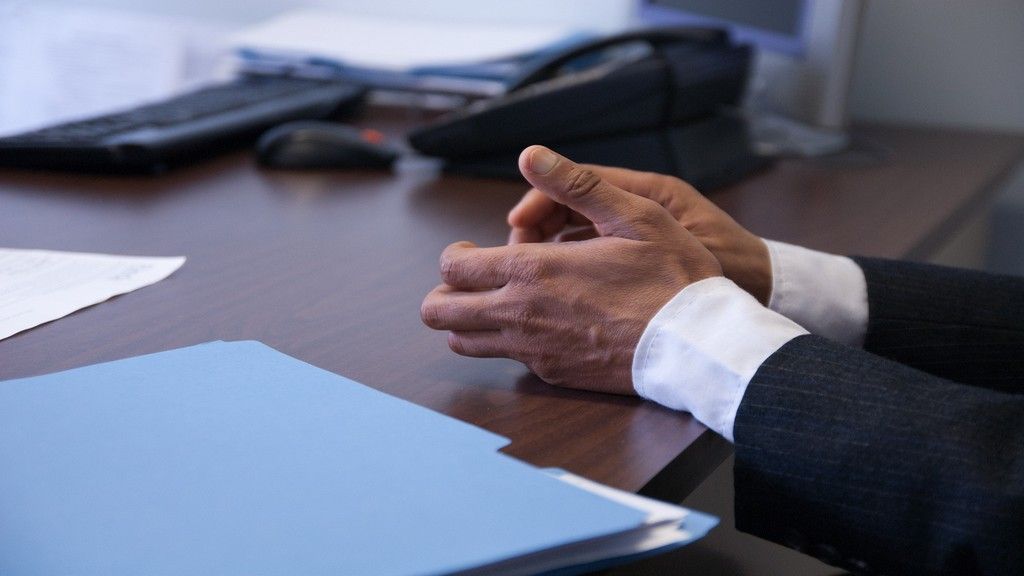UX isn’t all about the users. On the other side of the coin lurks the business and the UX pro that makes her users happy but fails to do the same for the business is the UX pro rapidly looking for a new job.
A useful way to get the business’s input into your project is a UX Stakeholder interview. A stakeholder is anyone with an interest in the outputs of the project. The good news is that you don’t have to interview all of them but you do need to interview some of them. So what’s the best way to prepare for that all important interview?
Be Clear About the Purpose of the Interview
If you don’t know what you expect to get from an interview; you’re very unlikely to get it. Planning for any activity you conduct dramatically increases the chances of success. You need to be very clear about your objective for the interview. Is it to determine the business unit’s needs? Is it to understand the impact of certain proposed changes on that area of the business? Is it to get a grip on how that stakeholder views your work to date?

Author/Copyright holder: Gvahim. Copyright terms and licence: CC BY-NC-ND 2.0
Once you have your objective or objectives clearly in mind; write them down – you can then refer to them in the next step of the process.
Develop Your Questions in Advance
It doesn’t matter how many interviews you have conducted or how experienced or intelligent you are; you will miss important questions if you conduct an interview on the fly. You want to develop your questions with the objective in mind. That doesn’t mean you can’t also conduct a little background research as part of the interview; that’s actually very useful in situations where you are unfamiliar with an organization or a product and this is your first project with a team.
Getting to know someone as part of an interview helps you develop a stronger relationship with them. You always want to get to the bottom of someone’s objectives for UX –never forget that your work is supposed to achieve business objectives as well as user objectives. Getting the latter right without getting the former right is the same as failing to get the latter right from a business perspective.
Prepare the Interviewee
Unless there’s an absolute commercial requirement to keep people in the dark; you want to make the process painless for your interviewees. That means booking a meeting as early as possible with the person and ensuring that there’s enough time to conduct a thorough interview. Don’t allow yourself to be pushed into a 10 minute time slot if you really need an hour to get a proper understanding but if you do only need 10 minutes – don’t book an hour either.

Author/Copyright holder: Alan Cleaver. Copyright terms and licence: CC BY 2.0
You also want to share the objectives of the interview and the questions you’ll ask (you can ask other questions as they arise too) as this will allow your interviewee to prepare thoroughly and you can usually move the interview along at a better pace when someone has the data you need to hand.
Header Image: Author/Copyright holder: World Relief Spokane. Copyright terms and licence: CC BY-NC-ND 2.0











